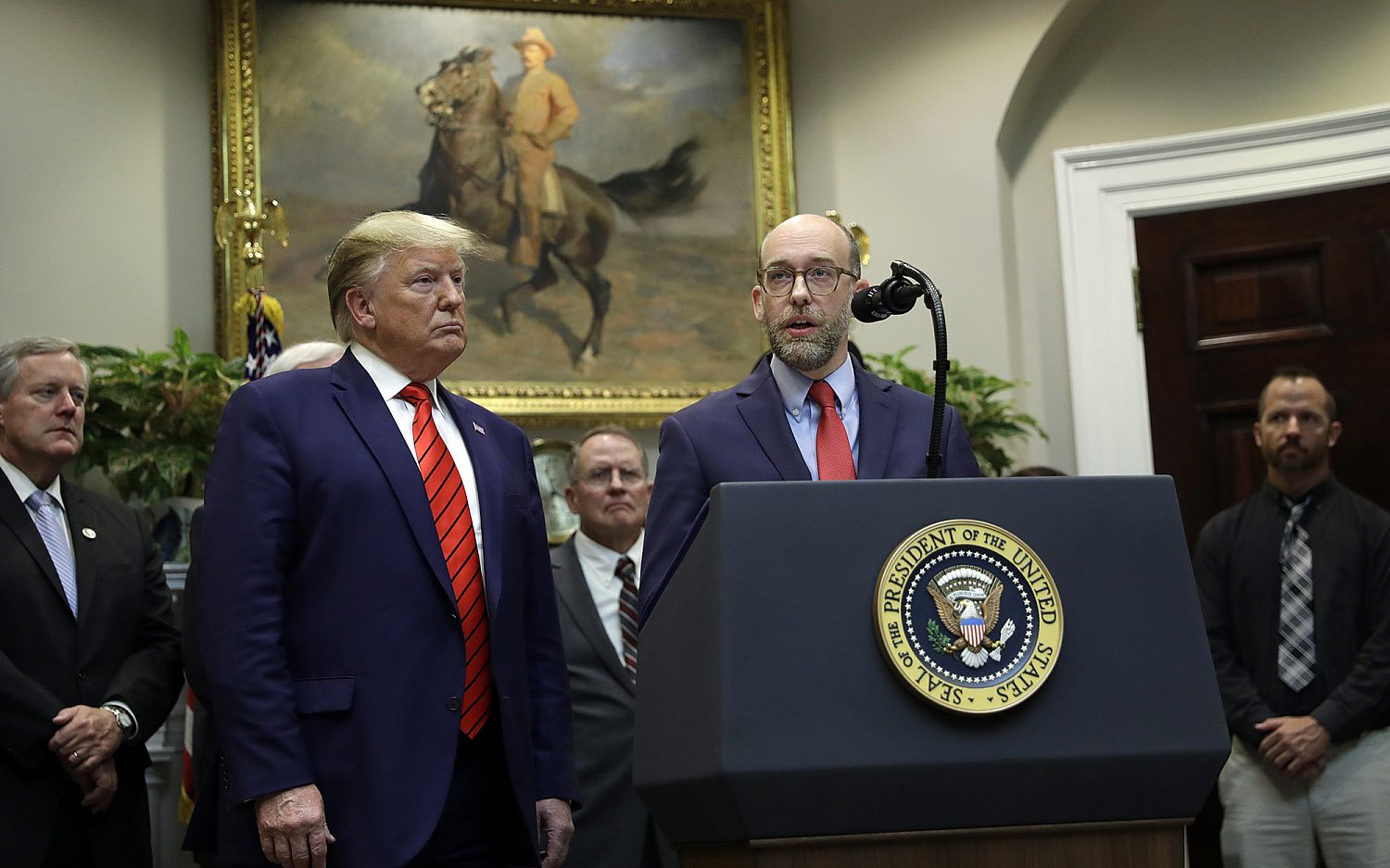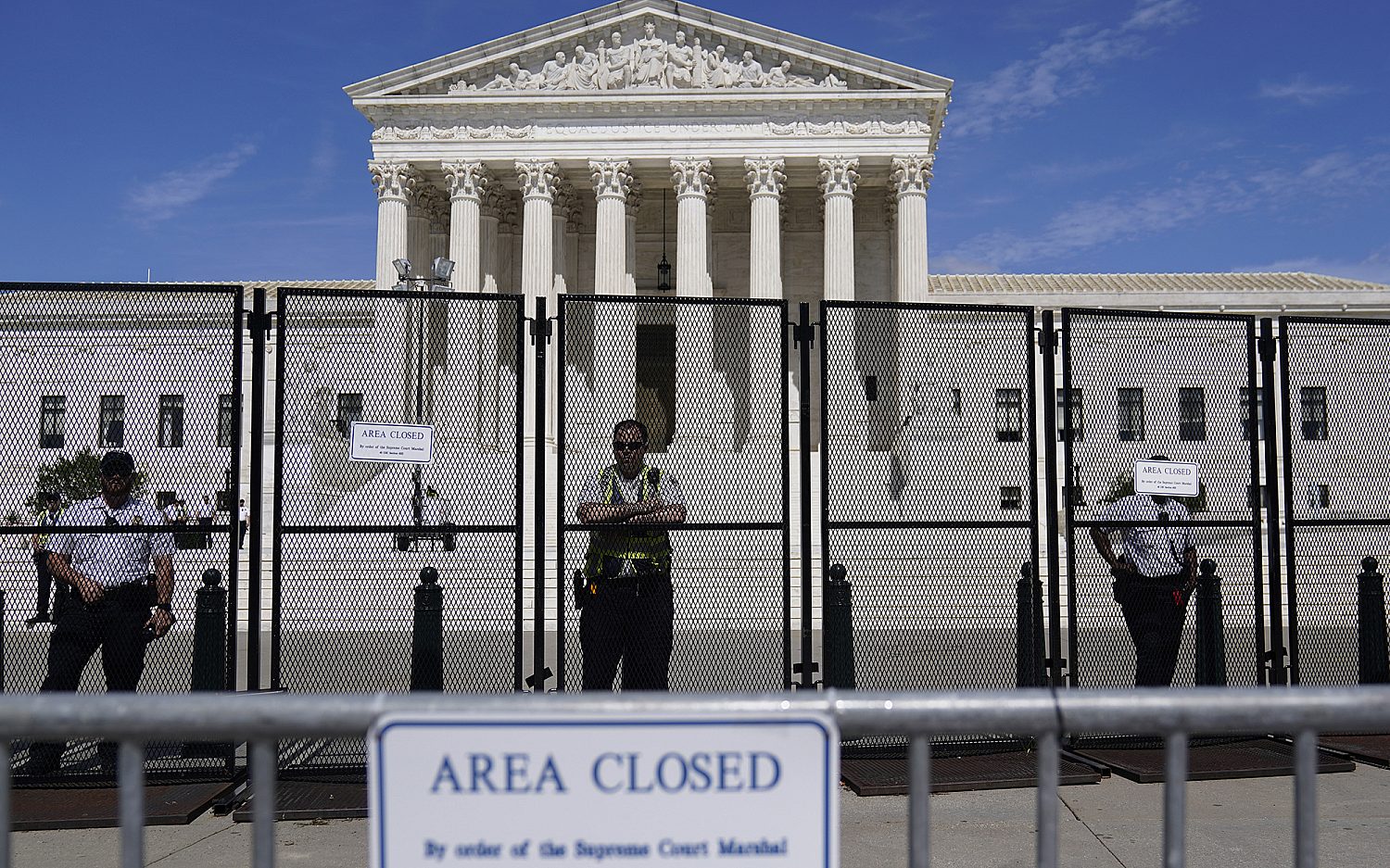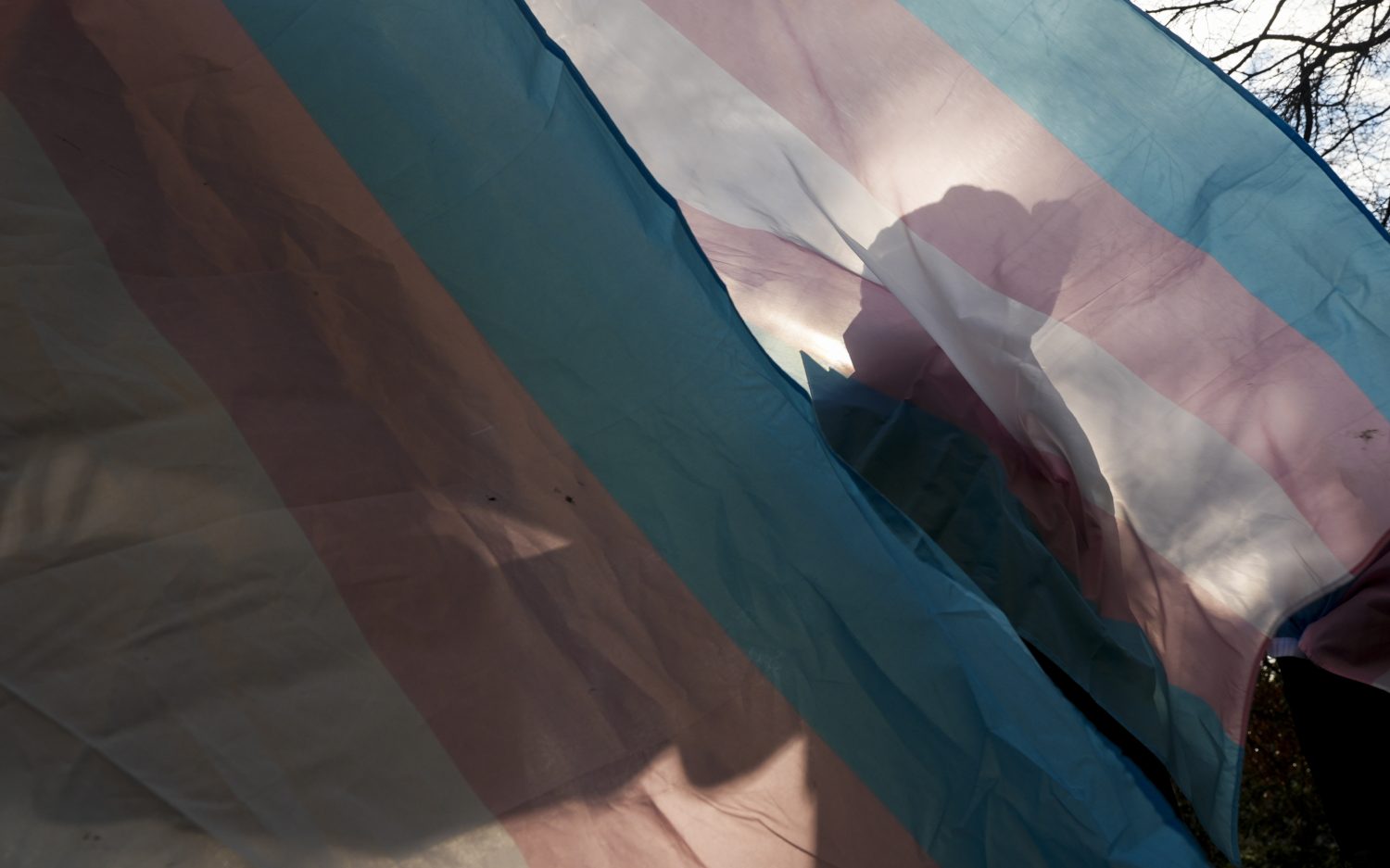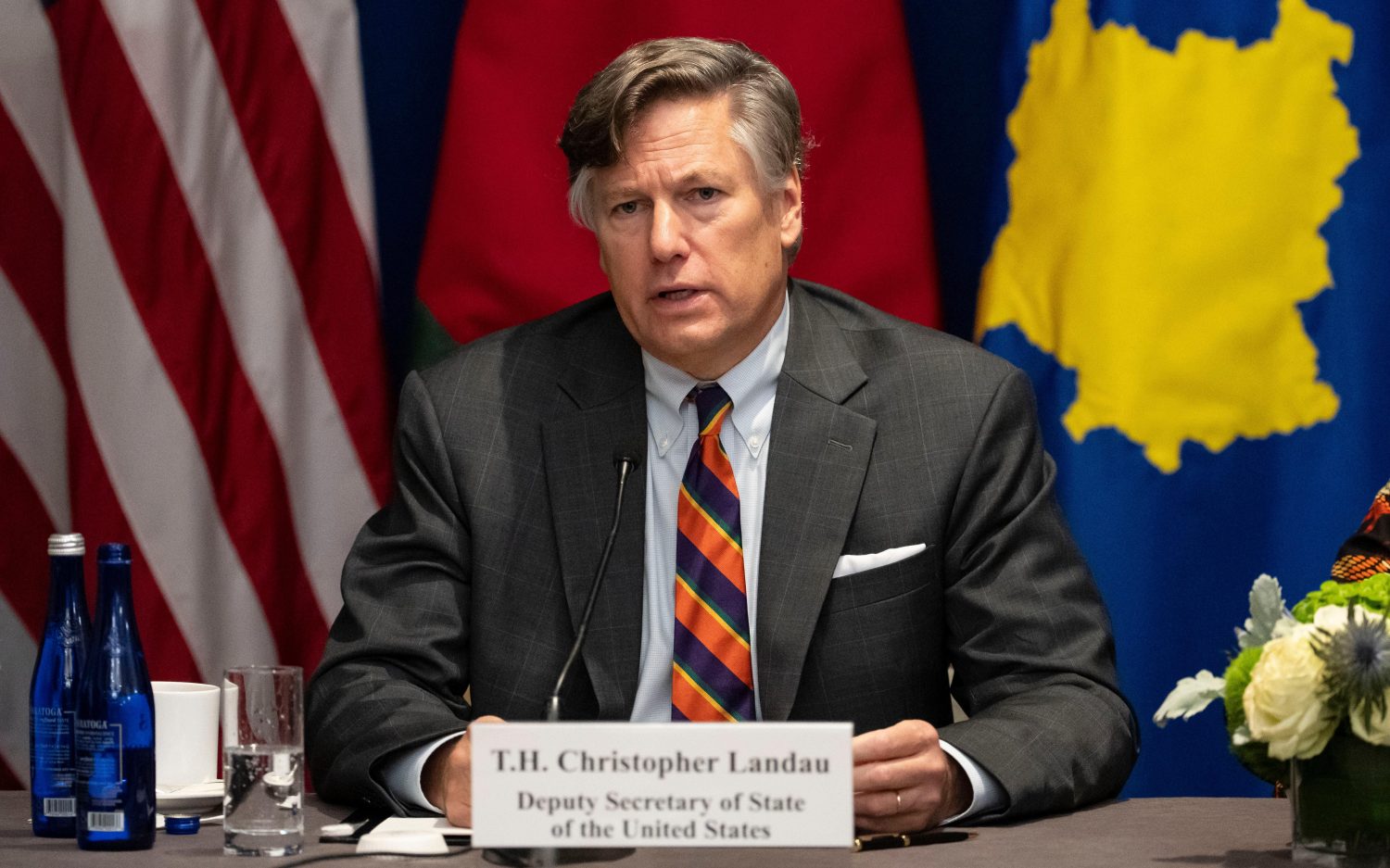Years away
Cigarette makers sue to delay putting graphic anti-smoking images on their packages
Four of the five largest U.S. tobacco companies sued the federal government Tuesday in an attempt to ward off the new labels that are to cover half their packages with disturbing images of the effects of cigarette smoking. The companies said the requirement, set to take effect in 2012, violates their free speech rights.
The tobacco industry's latest legal challenge to increased government regulation may not hold up in court, but it could mean it will be years before cigarette packs carry pictures of graphic images meant to convey the dangers of smoking, such as a picture of a corpse with its chest sewed up and the words: "Smoking can kill you."
Such a delay could save cigarette makers millions of dollars, both in lost sales and increased packaging costs, industry experts say. "Never before in the United States have producers of a lawful product been required to use their own packaging and advertising to convey an emotionally charged government message urging adult consumers to shun their products," the companies wrote in the lawsuit filed in federal court in Washington, D.C. On the other hand, very few lawful products are known to kill you when used as intended.
Research firm IBISWorld has estimated the new labels would cause a decline of less than 1 percent in overall U.S. tobacco sales in 2013. But some marketing experts say the images could have a much stronger impact on consumers than the current written warnings on cigarette packs.
R.J. Reynolds Tobacco Co., Lorillard Tobacco Co. and the other companies also say the labels would cost millions of dollars to print. Altria Group Inc., parent company of the nation's largest cigarette maker, Philip Morris USA, is not a part of the lawsuit.
The tobacco industry has been regulated for decades, but the government stepped up its oversight in 2009 with the Family Smoking Prevention and Tobacco Control Act. It allows the Food and Drug Administration to regulate a number of aspects of tobacco marketing and manufacturing, though the agency cannot ban nicotine. It can ban candy flavorings and marketing claims such as "low tar" and "light." It can also regulate what goes into tobacco products and publicize those ingredients.
Professor Deborah Mitchell of the Wisconsin School of Business said that the new labels represent the government's most drastic attempt to curb cigarette marketing. "There is a massive amount of psychological evidence that people are more affected by pictures and visuals than words," said Mitchell, who specializes in consumer psychology. "The question is: When the government leverages that information to have a negative impact on an entire category, is that fair?"
Analysts say that tobacco companies are increasingly relying on their cigarette packages to build brand loyalty and grab consumers. It's one of their only advertising levers left to pull since the government has curbed their presence in magazines, billboards and TV. The main marketing tool left to tobacco companies is their database of smokers, to whom they mail fliers and coupons.
The share of Americans who smoke has fallen dramatically since 1970, from nearly 40 percent to about 20 percent, or nearly 46 million adults, according to the Centers for Disease Control and Prevention. But the rate has stalled since about 2004. It's unclear why it hasn't budged, but some experts have cited tobacco company discount coupons on cigarettes and lack of funding for programs to discourage smoking or to help smokers quit.
Meanwhile, companies are finding relief in the small but growing sector of smokeless-tobacco products, including dissolvable tobacco lozenges. They continue to enjoy high profit margins and have been able to raise prices even on top of the higher taxes. The tobacco industry is spending less money on cigarette advertising and promotion and more money on promoting smokeless tobacco products, according to the latest data from the Federal Trade Commission.
Money spent on marketing smokeless tobacco products more than doubled to $547.9 million in 2008 versus 2003 as sales increased nearly 11 percent. Companies spent about 59 percent, or $249.5 million, on price discounts to wholesalers and retailers in order to reduce prices to consumers.
Virginia ranks 32nd out of the 50 states for smokeless tobacco use, and District of Columbia is the lowest, according to Virginia Department of Health information. The percentage of Virginia adults who use smokeless tobacco has risen, however, between 2005 and 2009, from 6.8% to 8.6% percent. Almost 11% of smokeless tobacco users also smoke cigarettes as well, called "dual users."
The Associated Press contributed to this report.
An actual newsletter worth subscribing to instead of just a collection of links. —Adam
Sign up to receive The Sift email newsletter each weekday morning for the latest headlines from WORLD’s breaking news team.




Please wait while we load the latest comments...
Comments
Please register, subscribe, or log in to comment on this article.